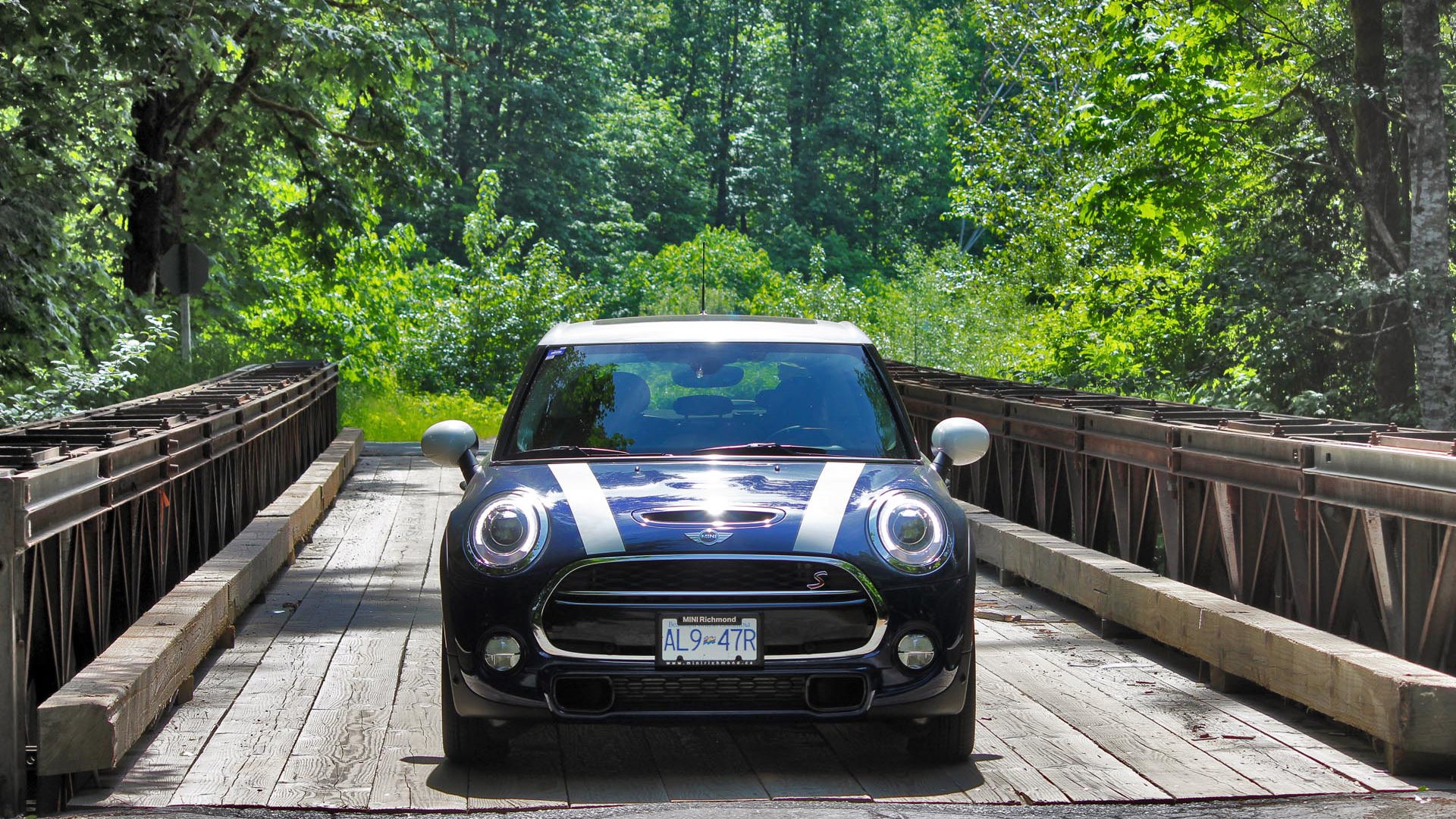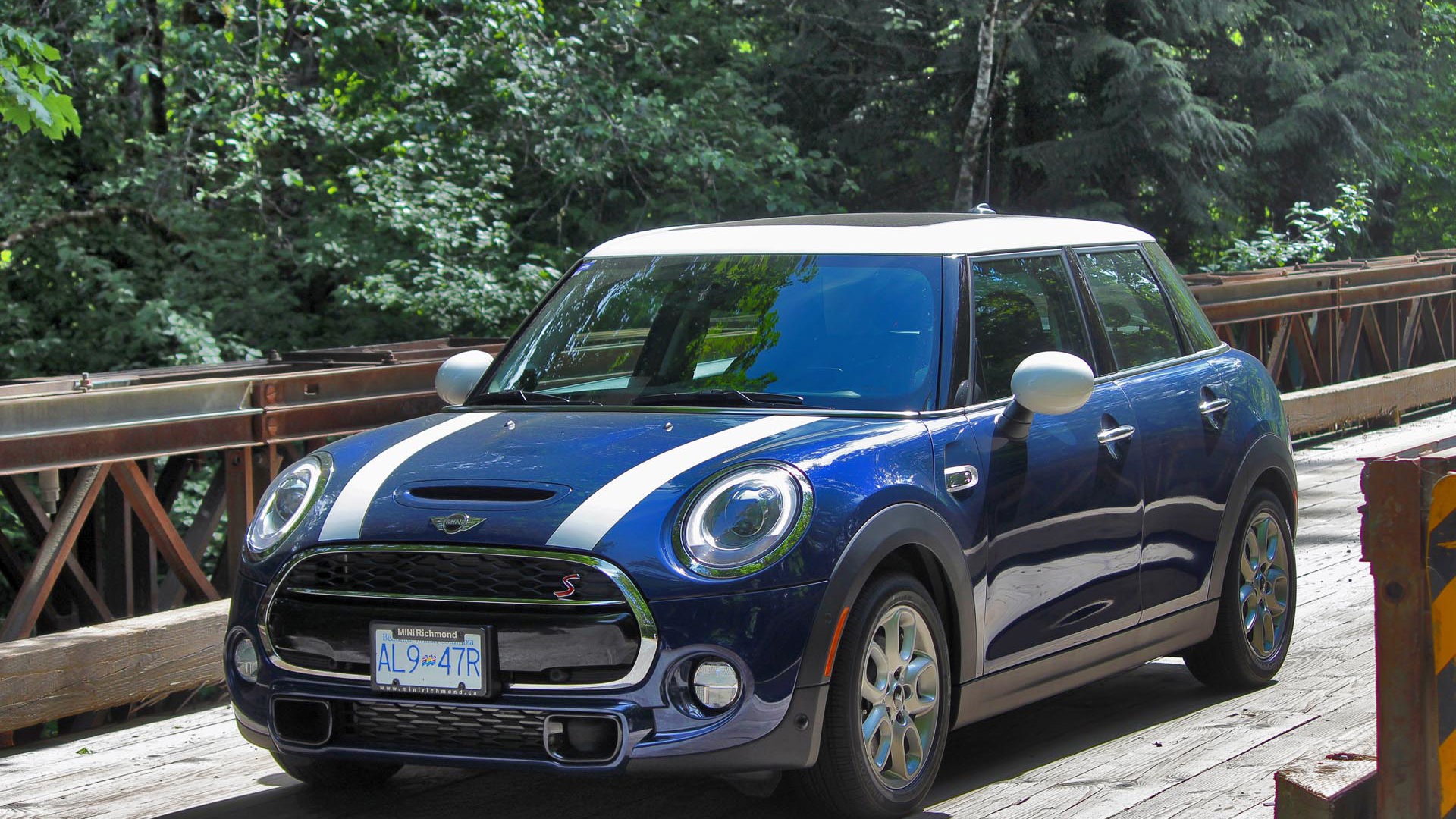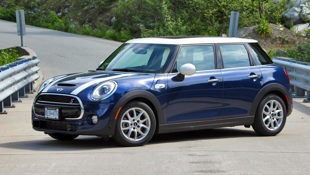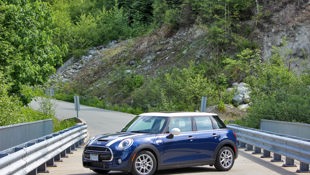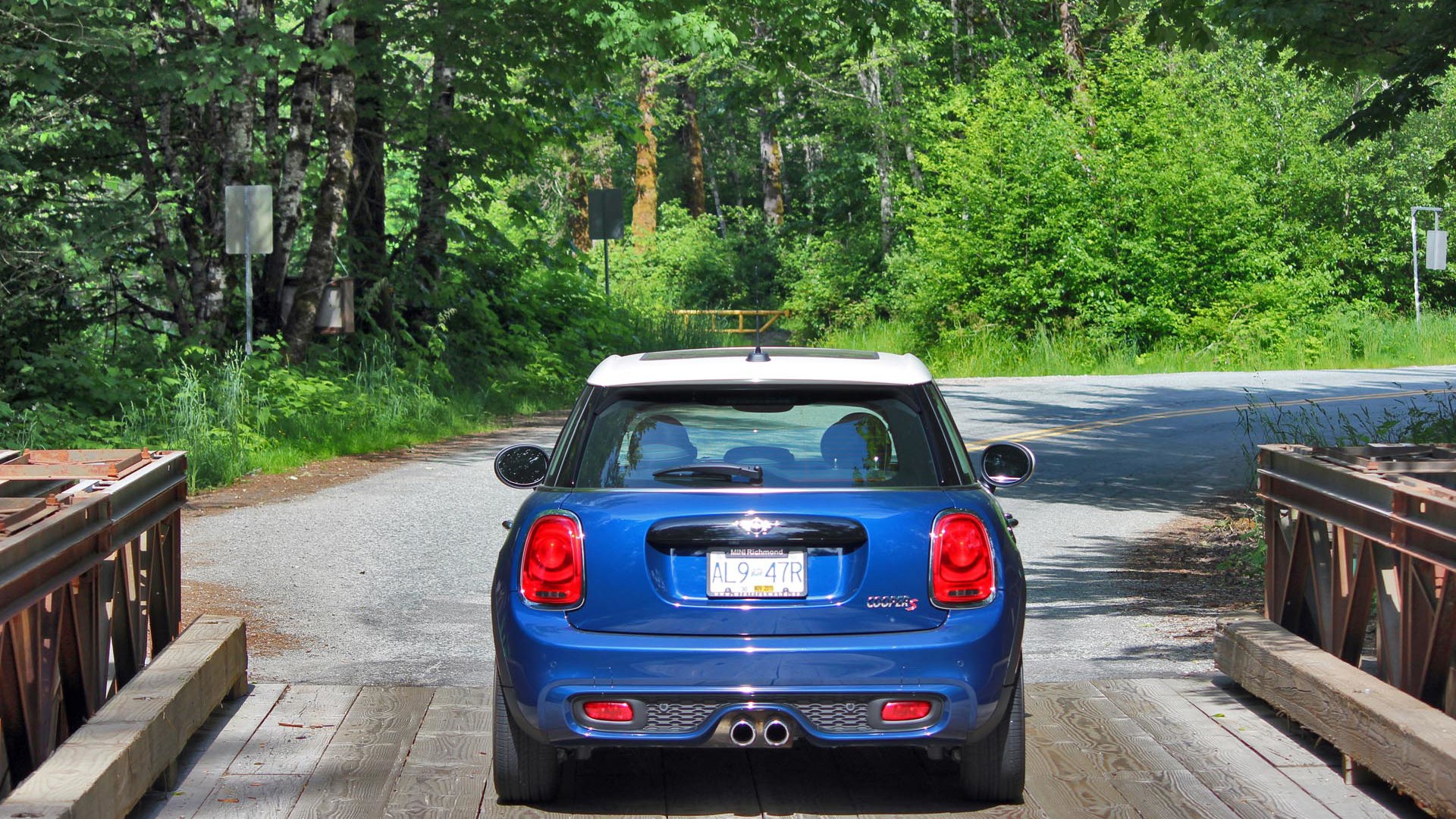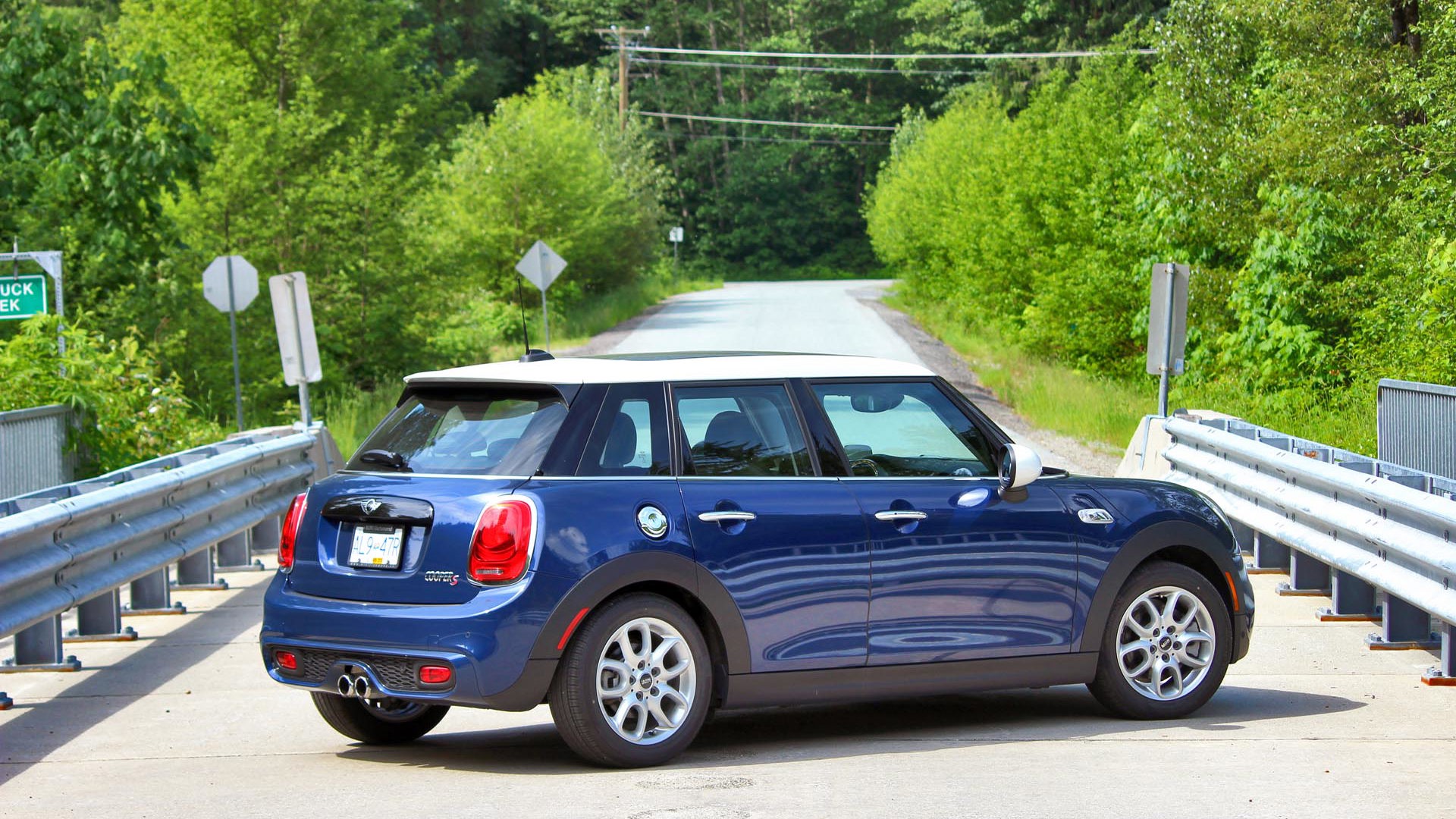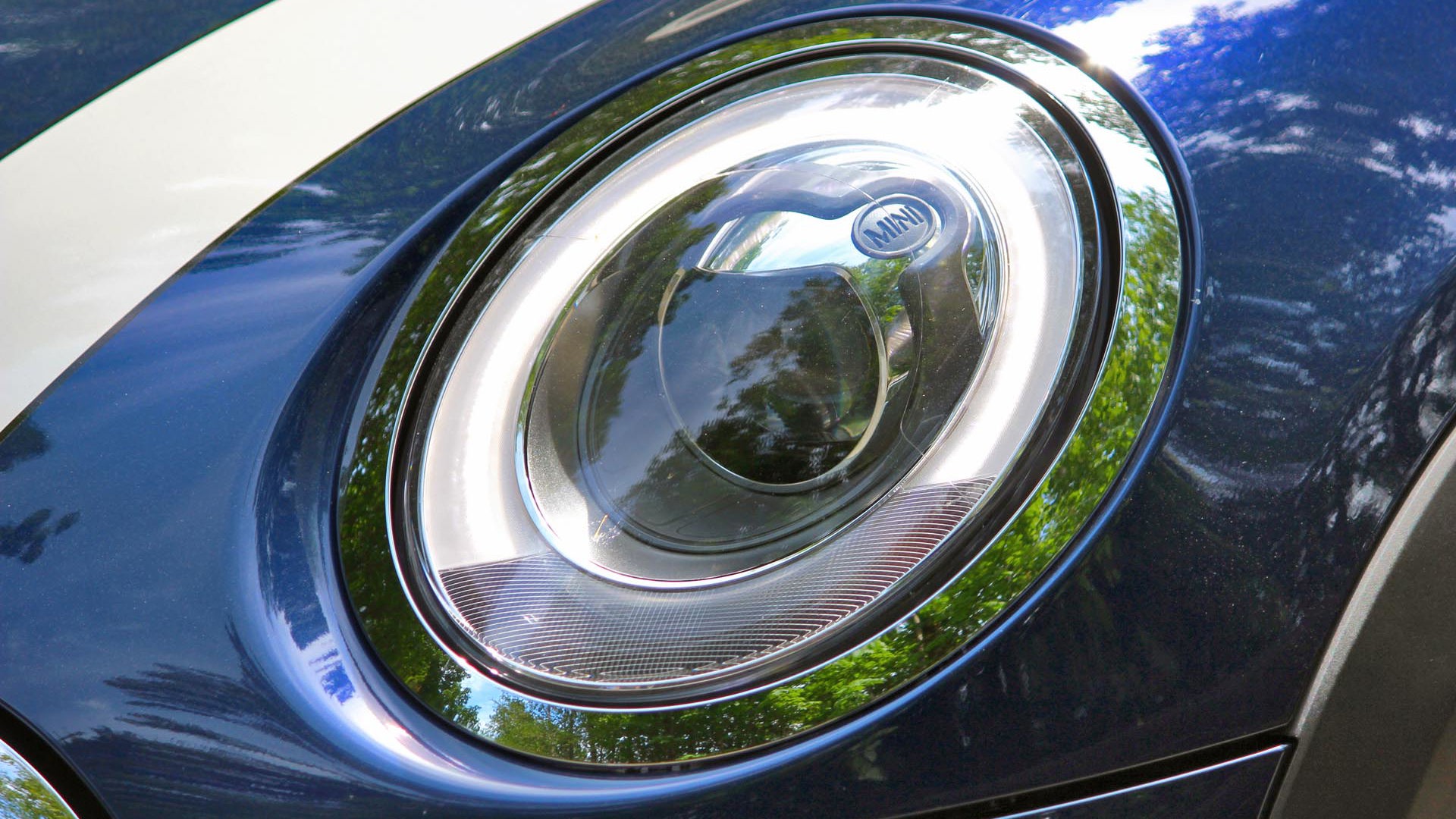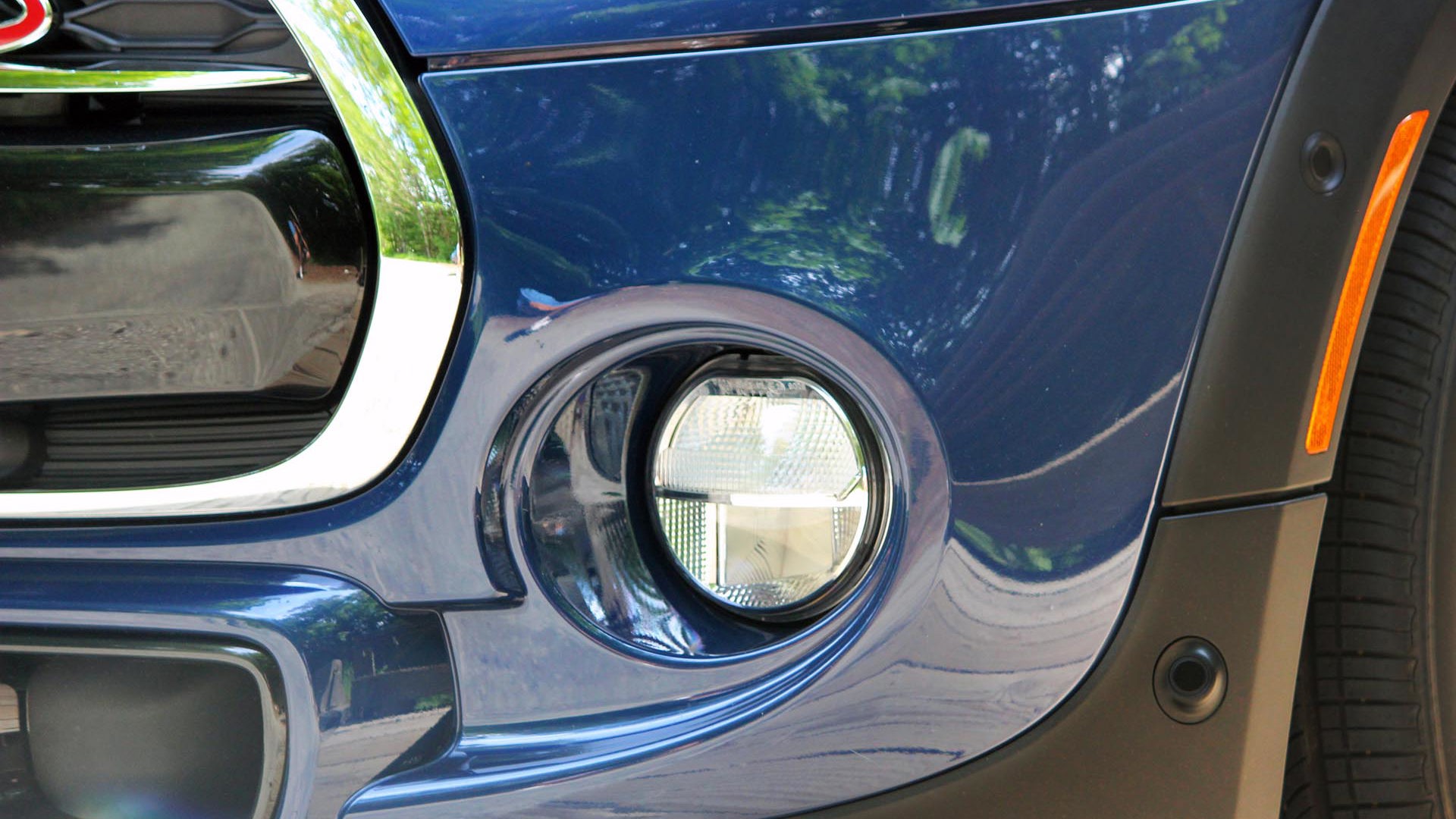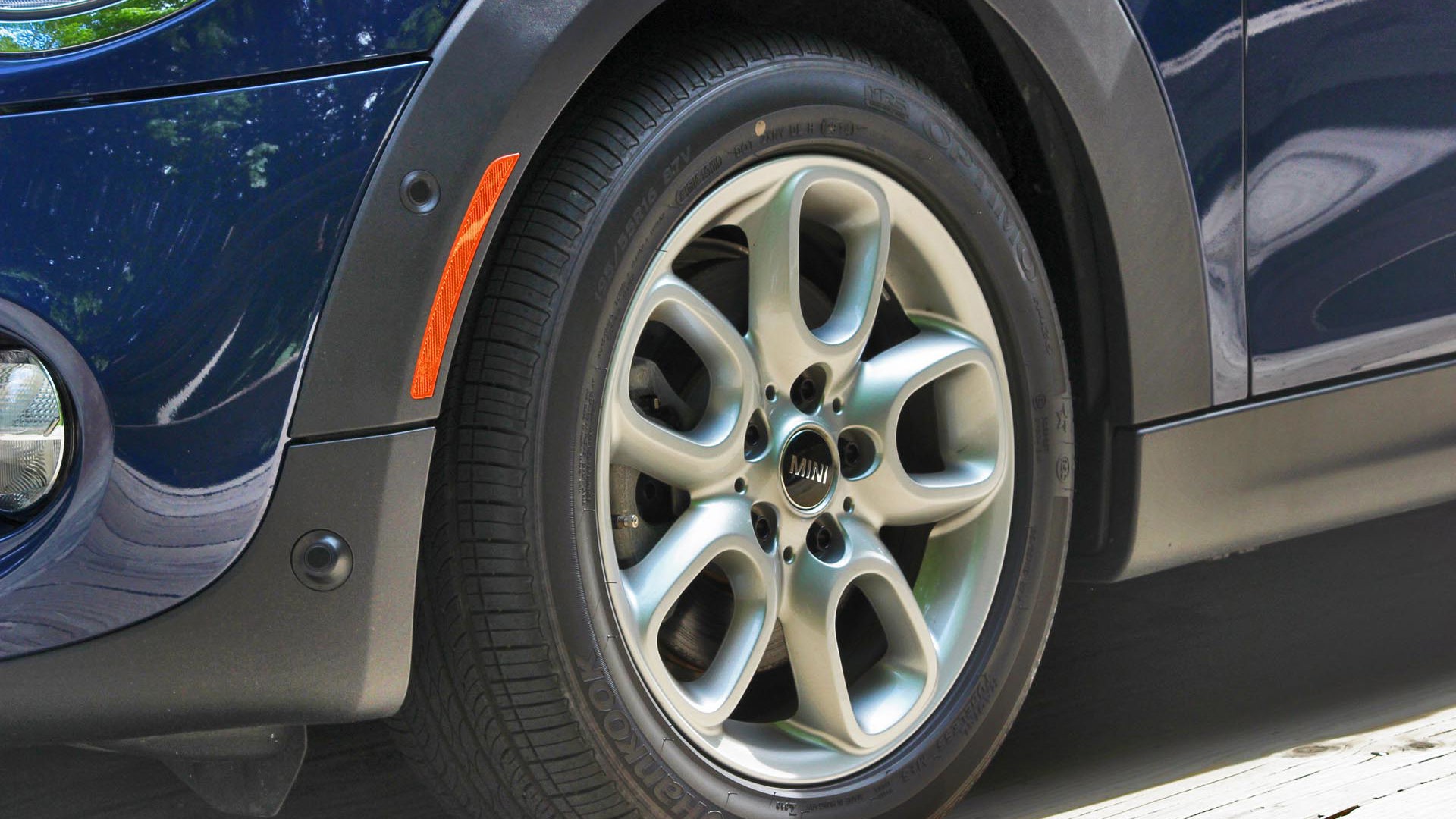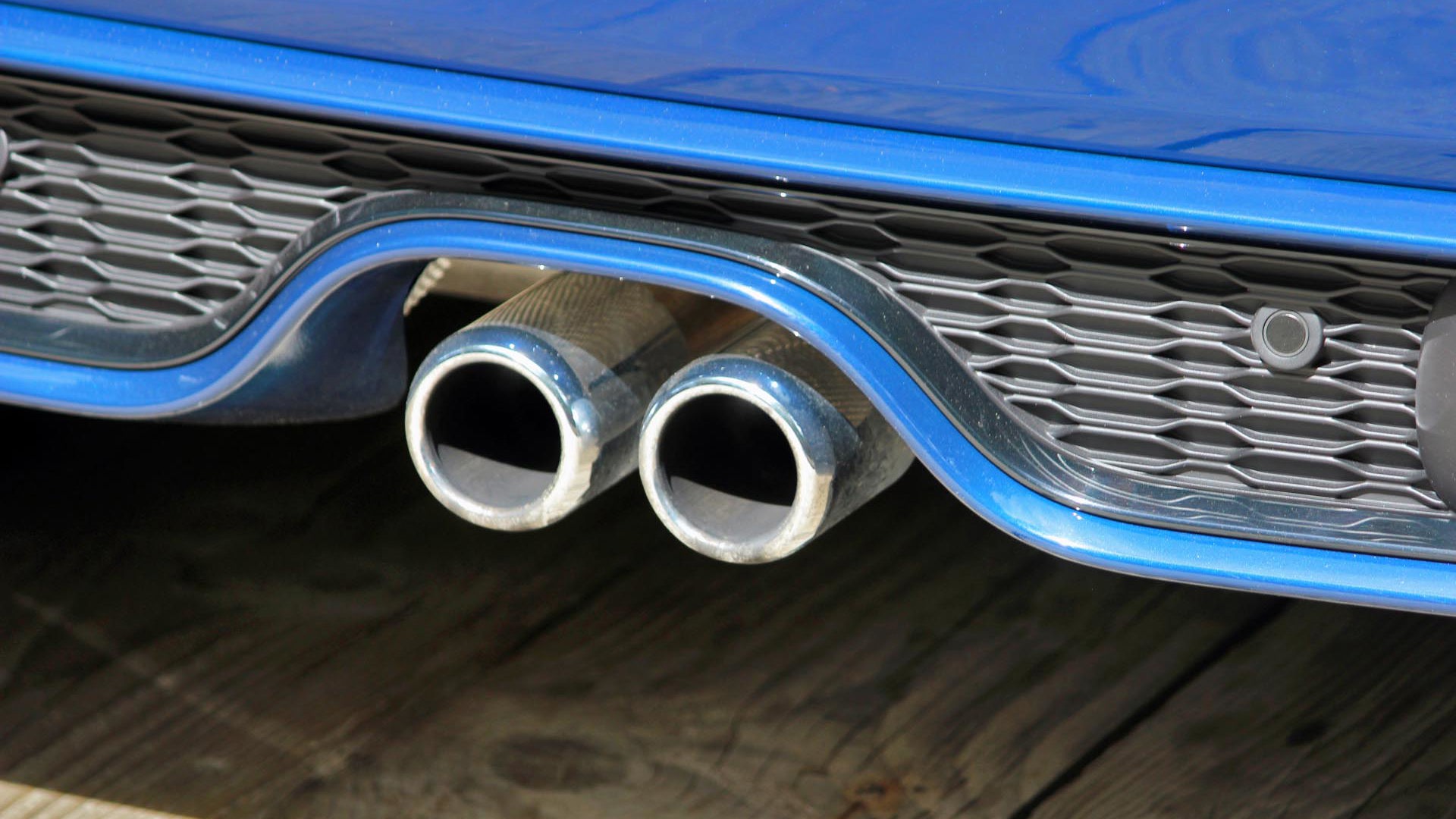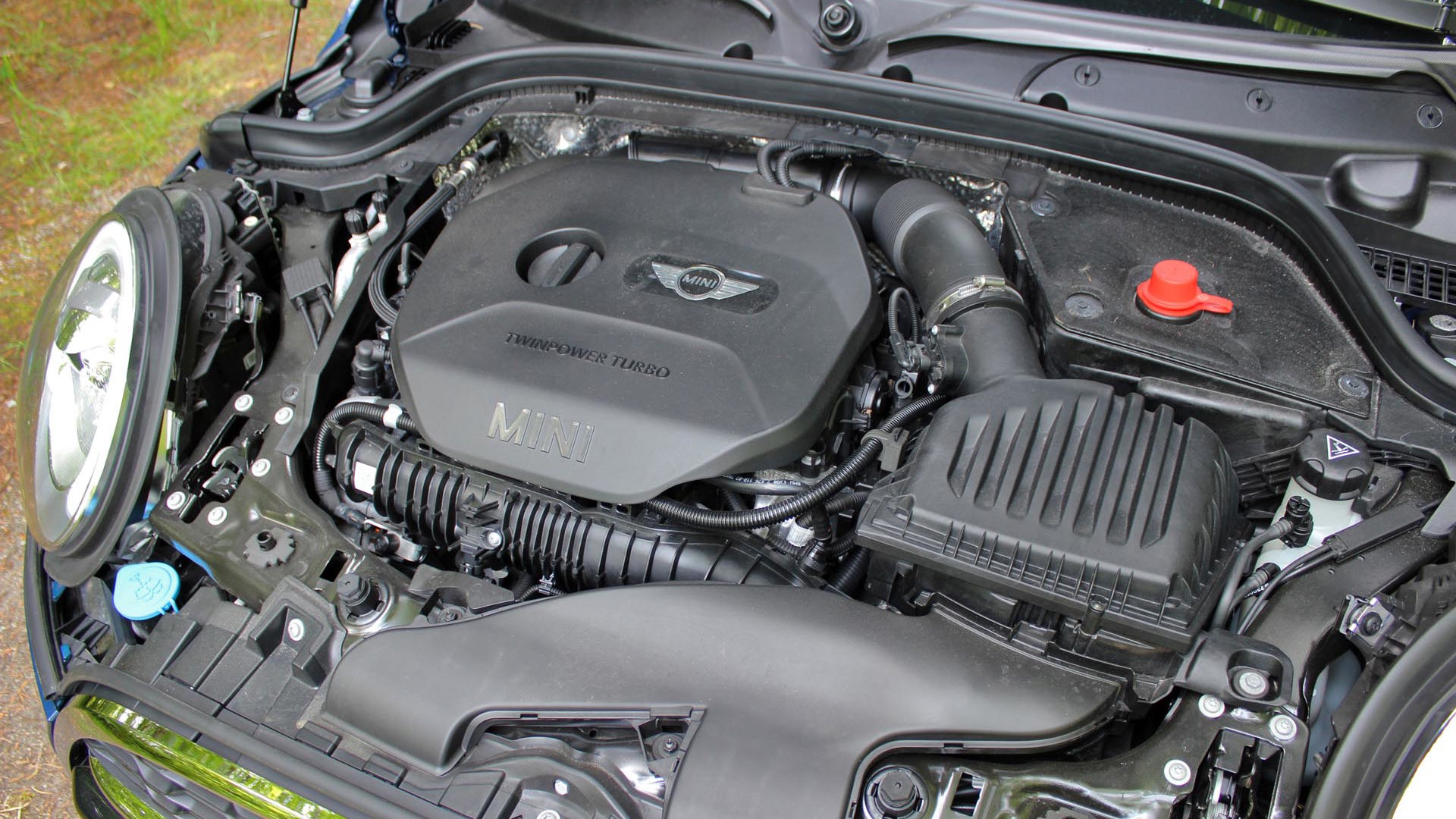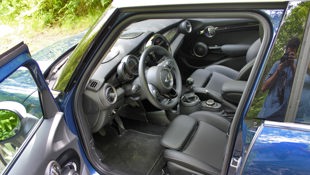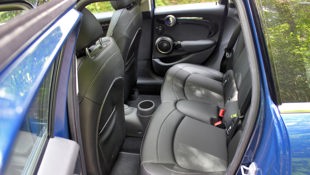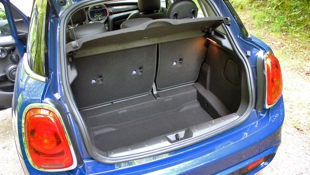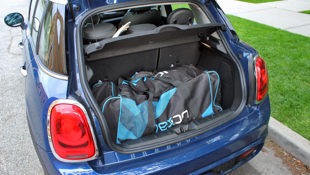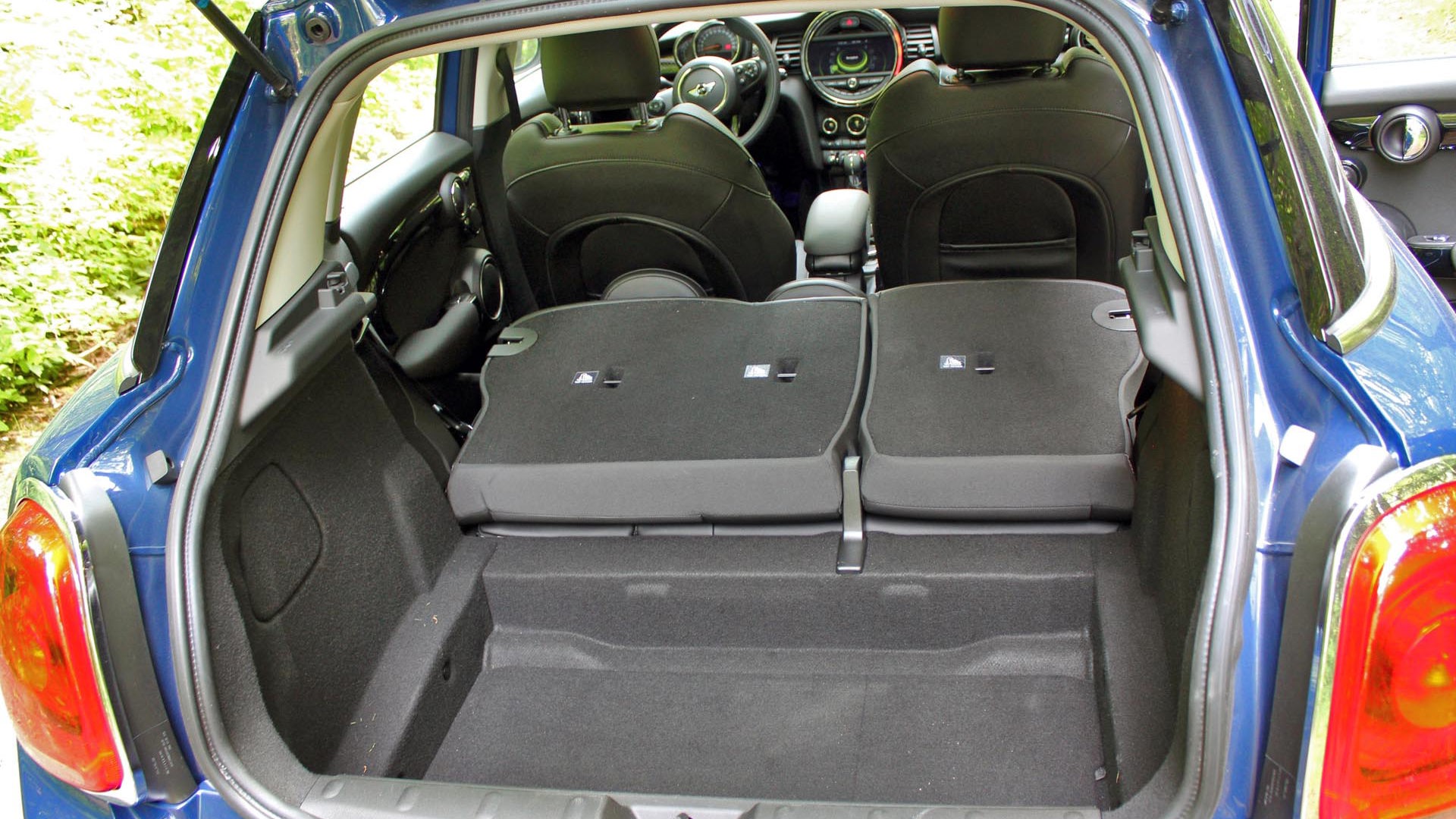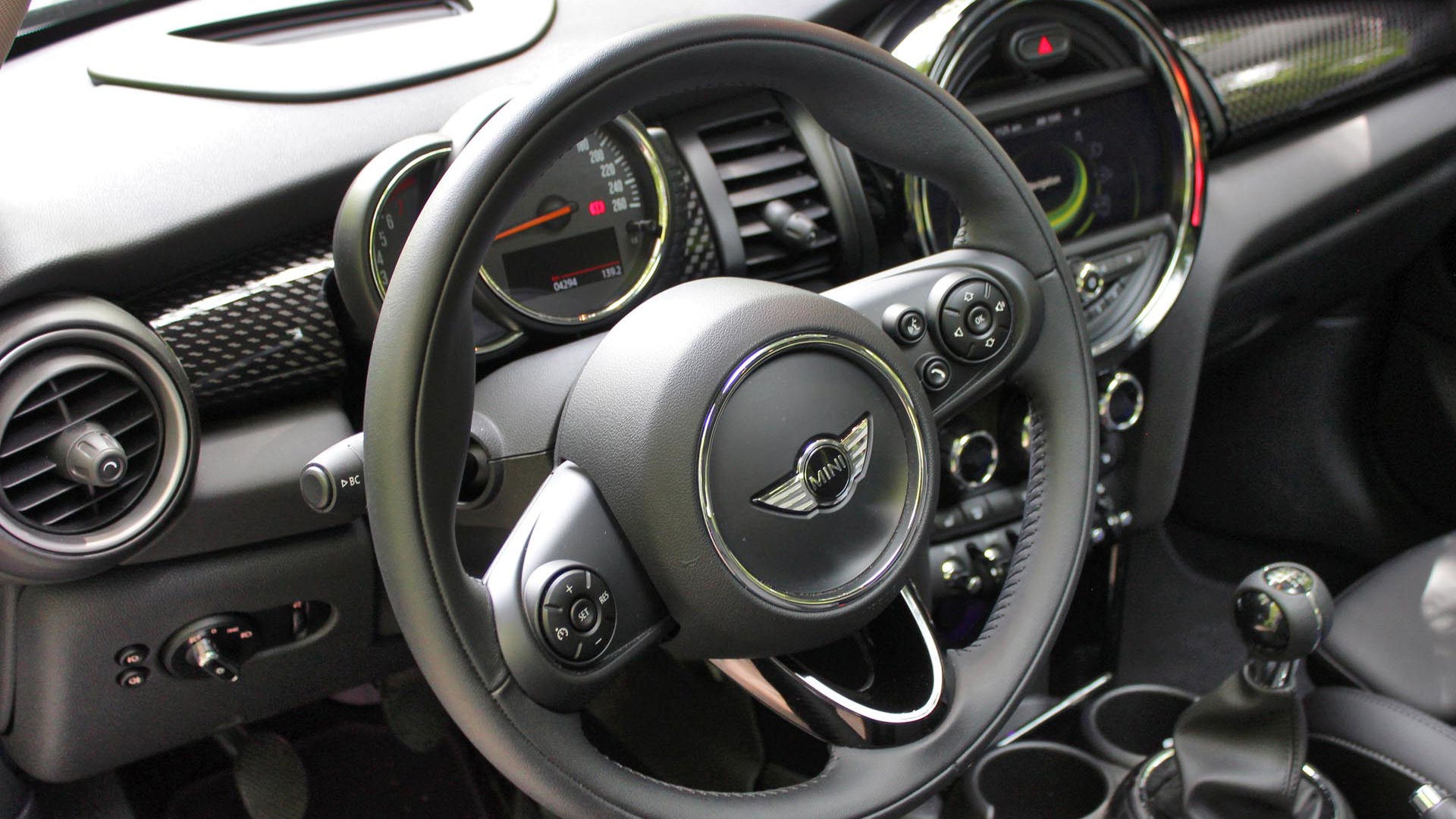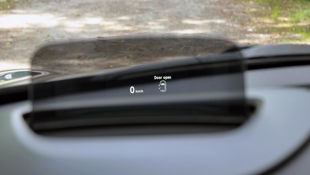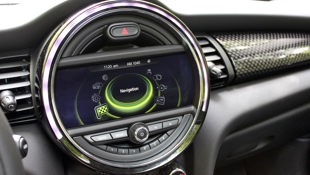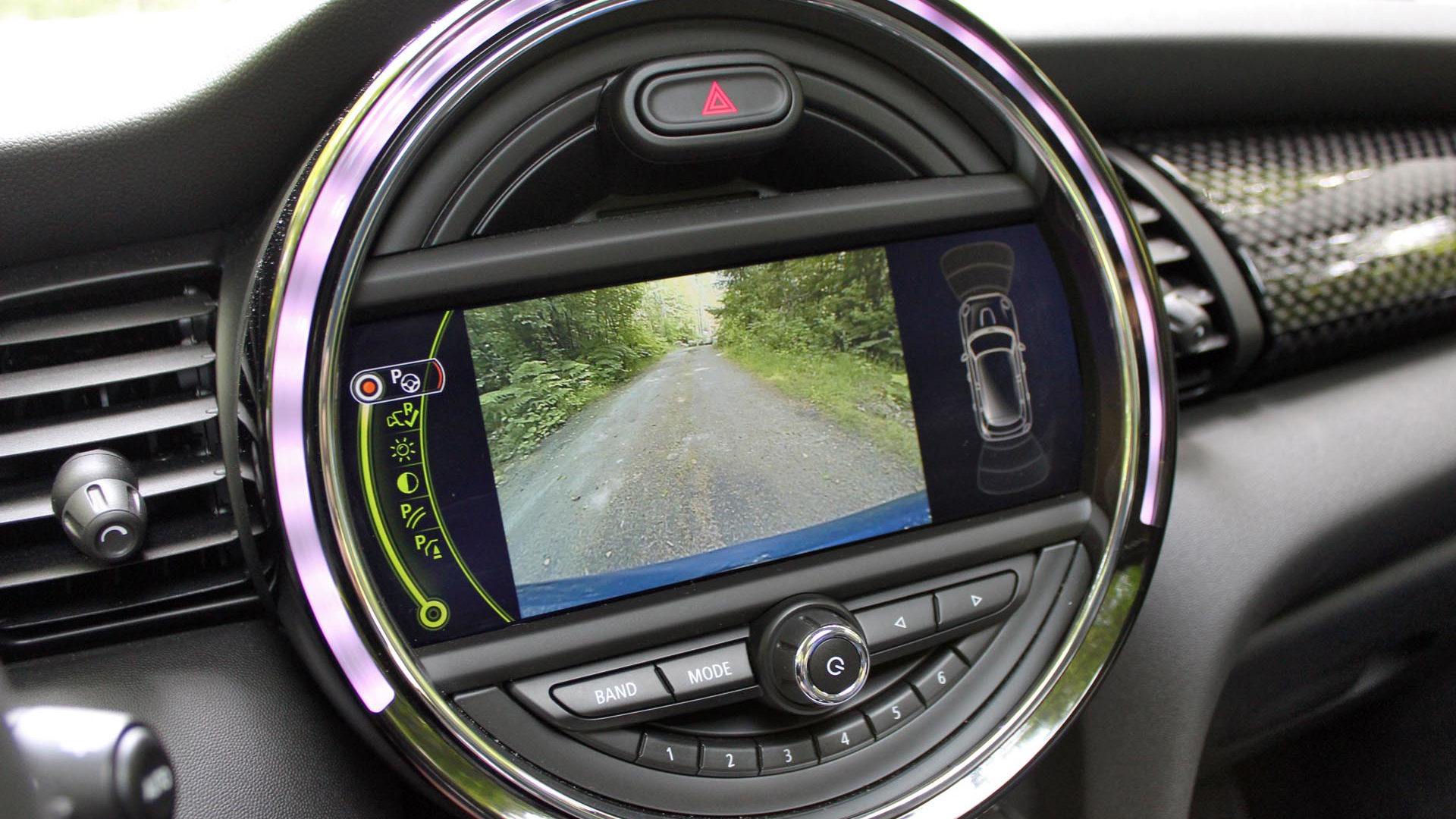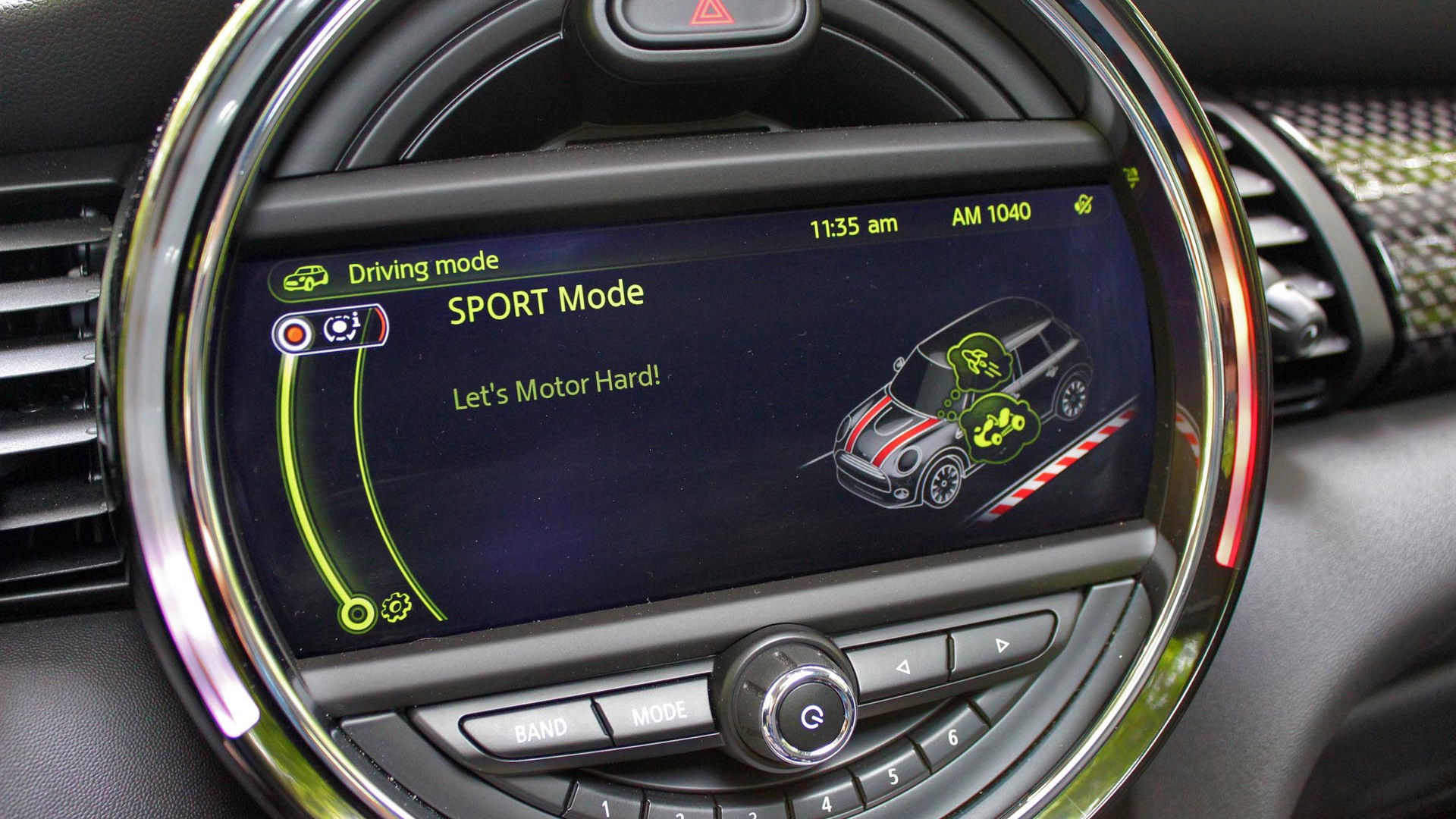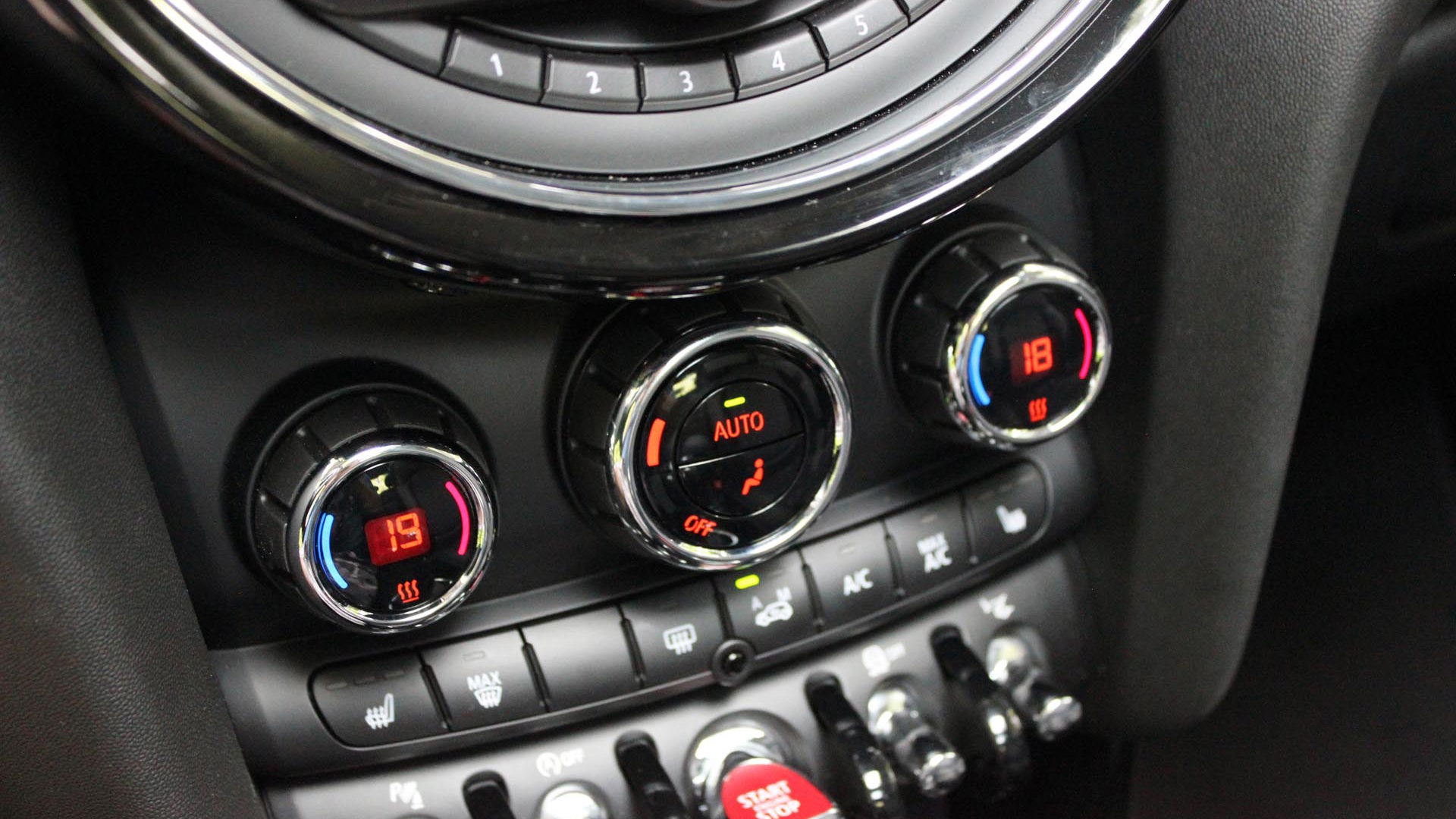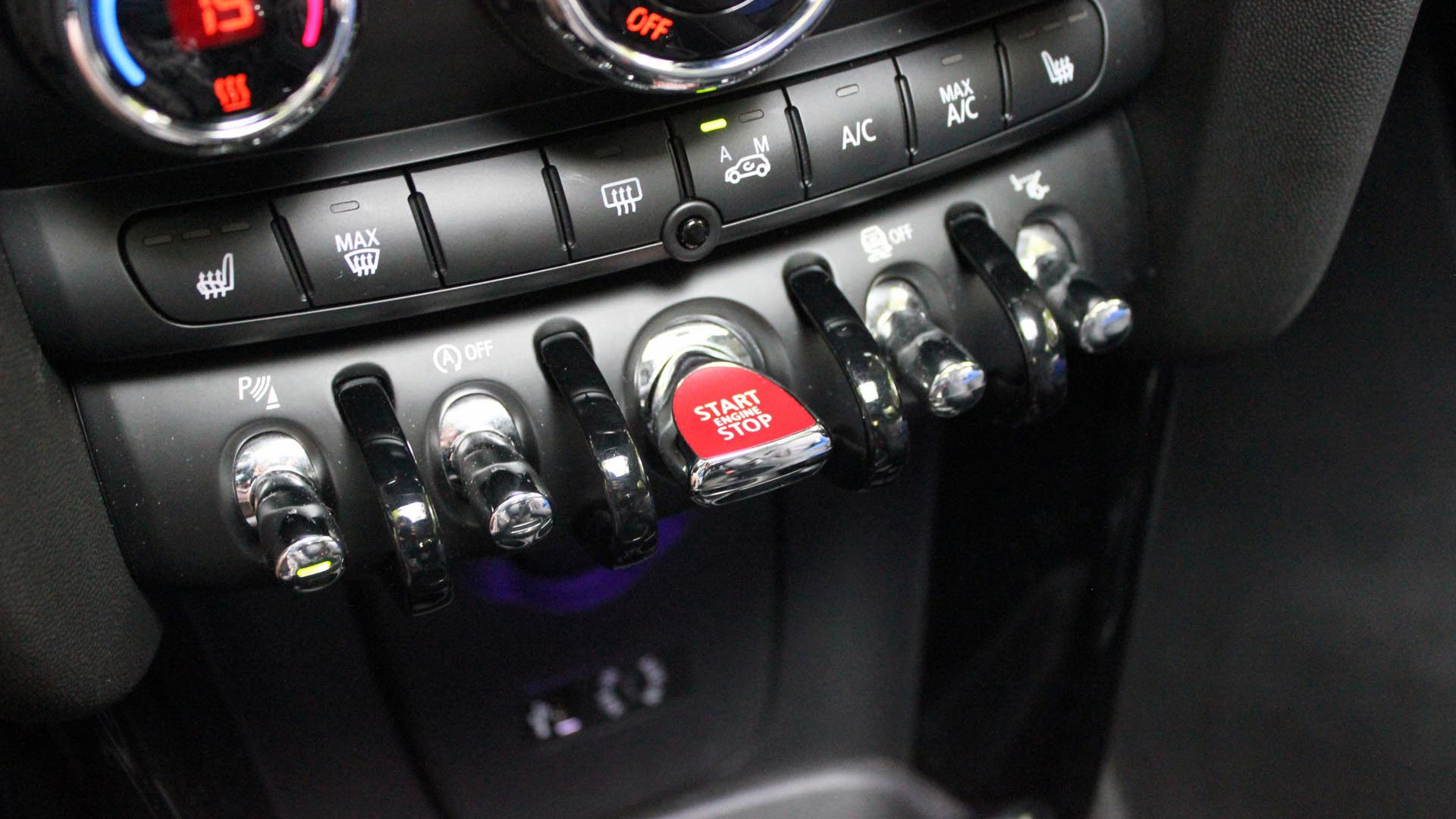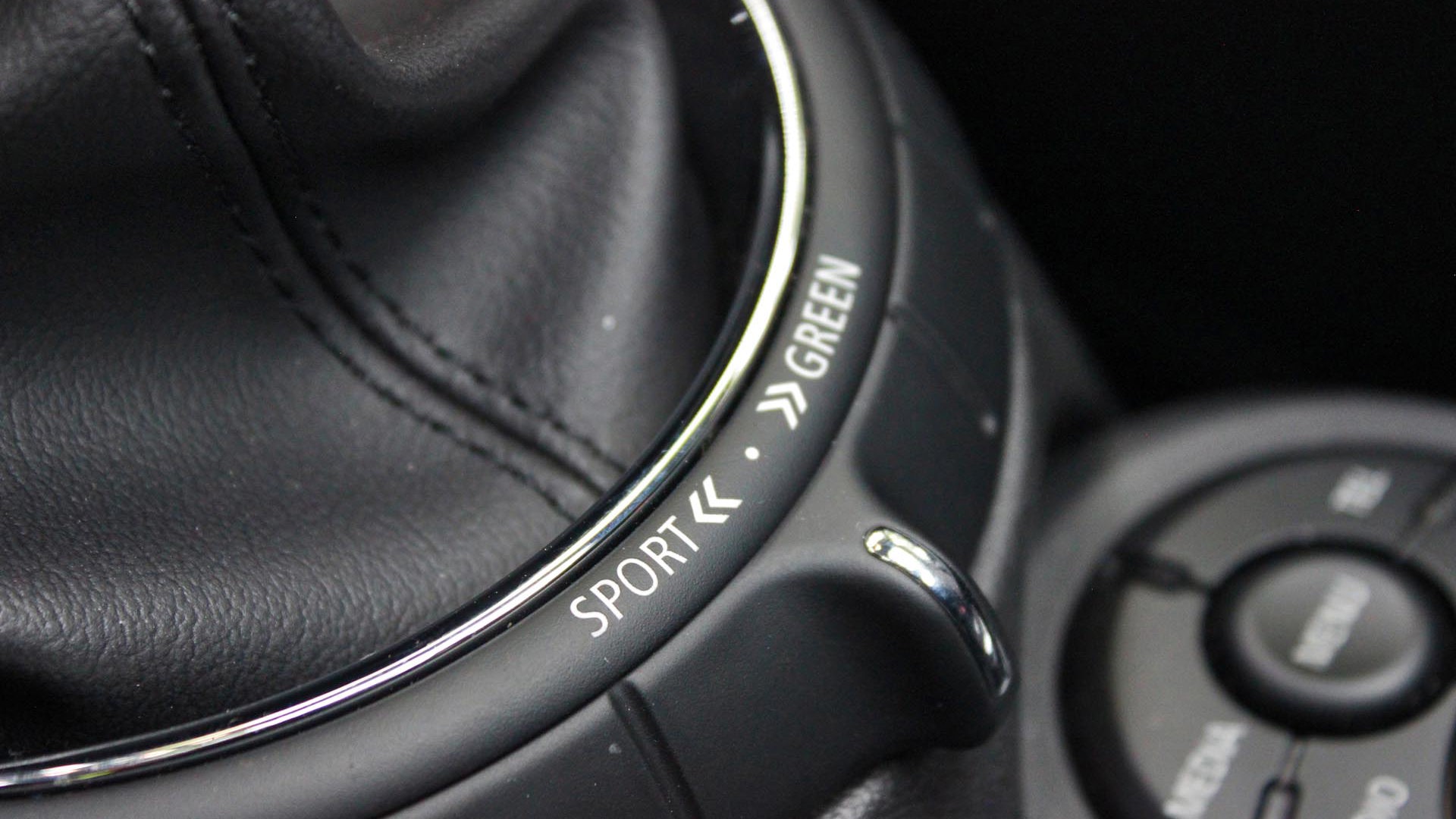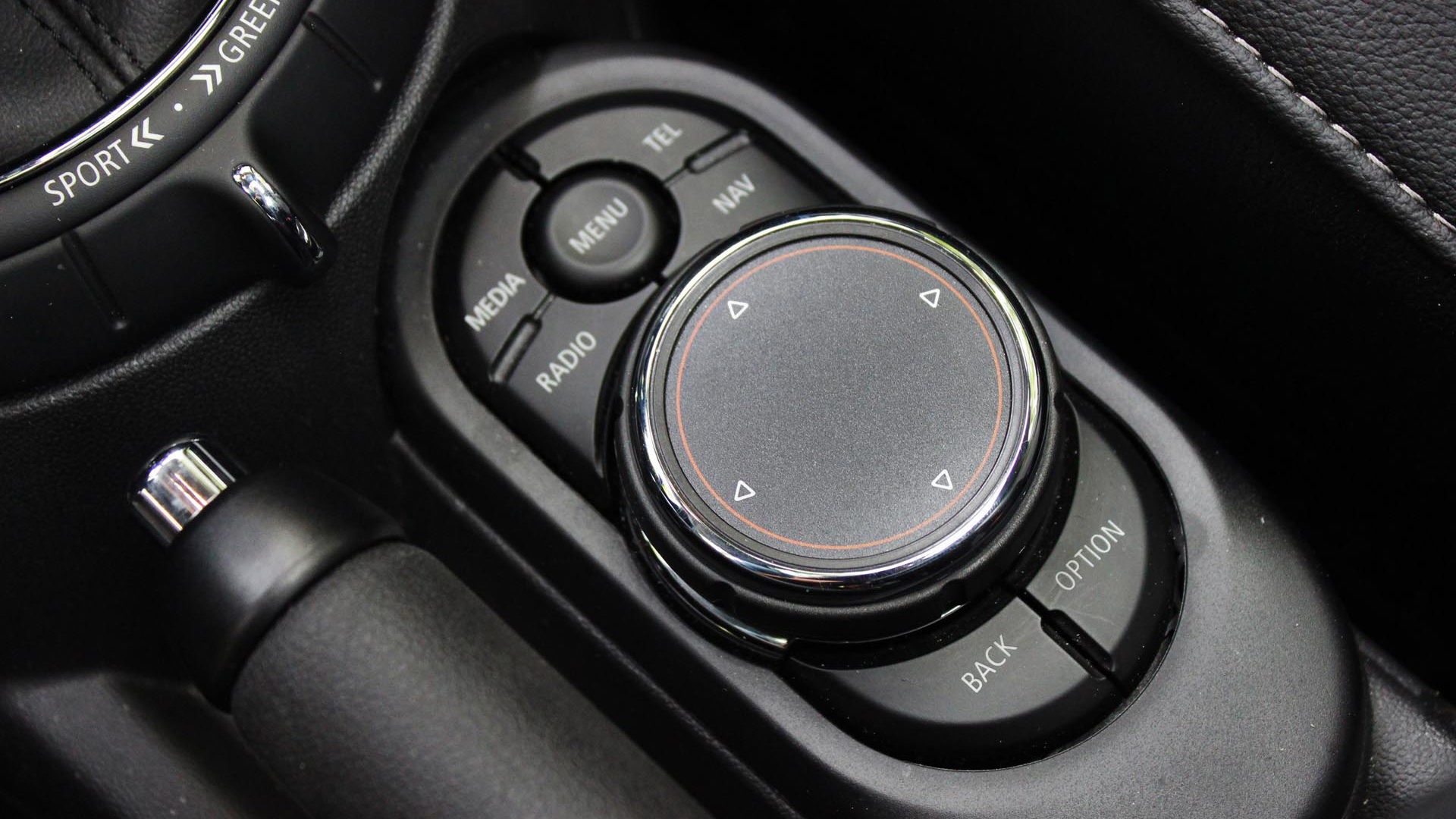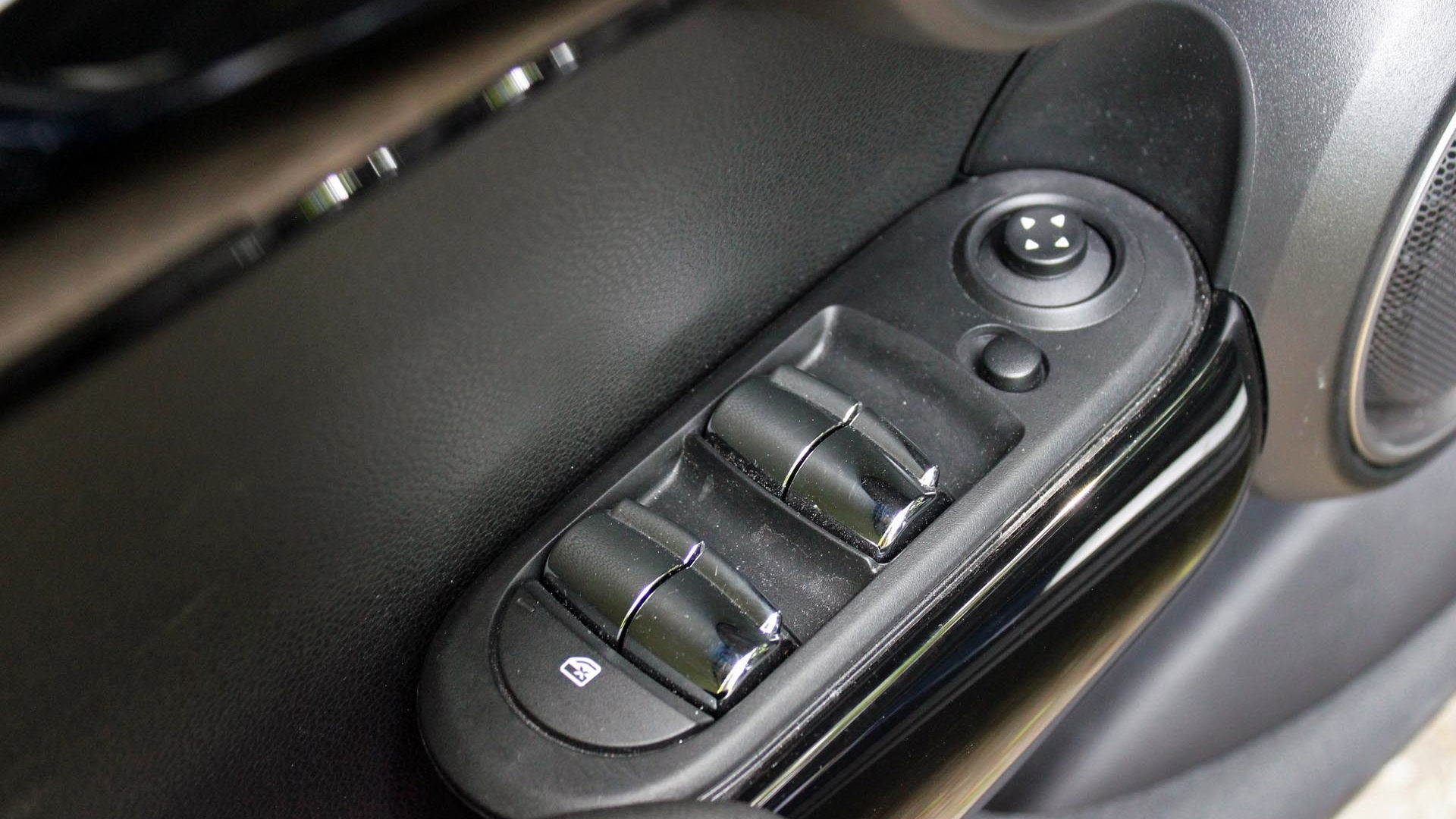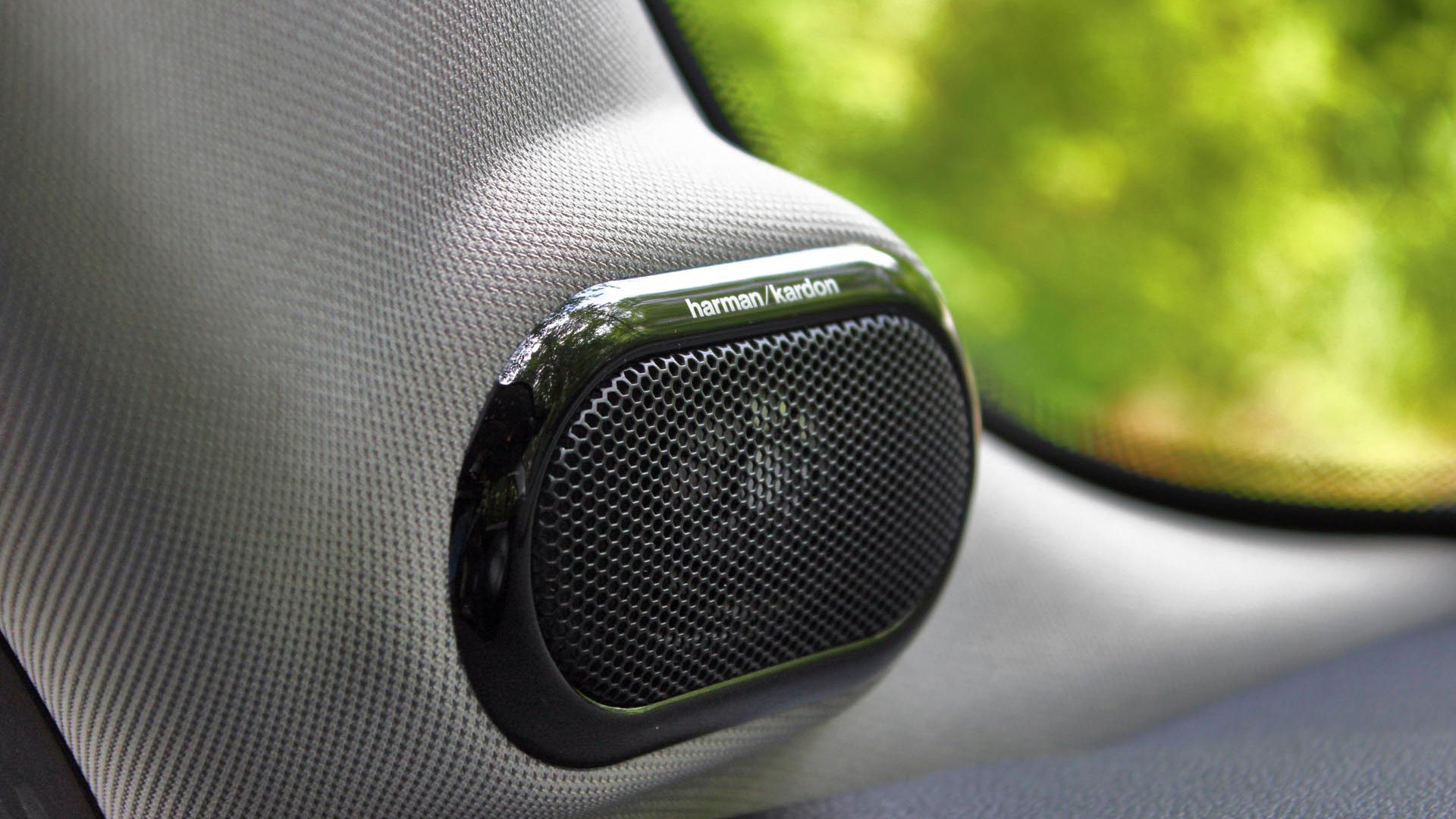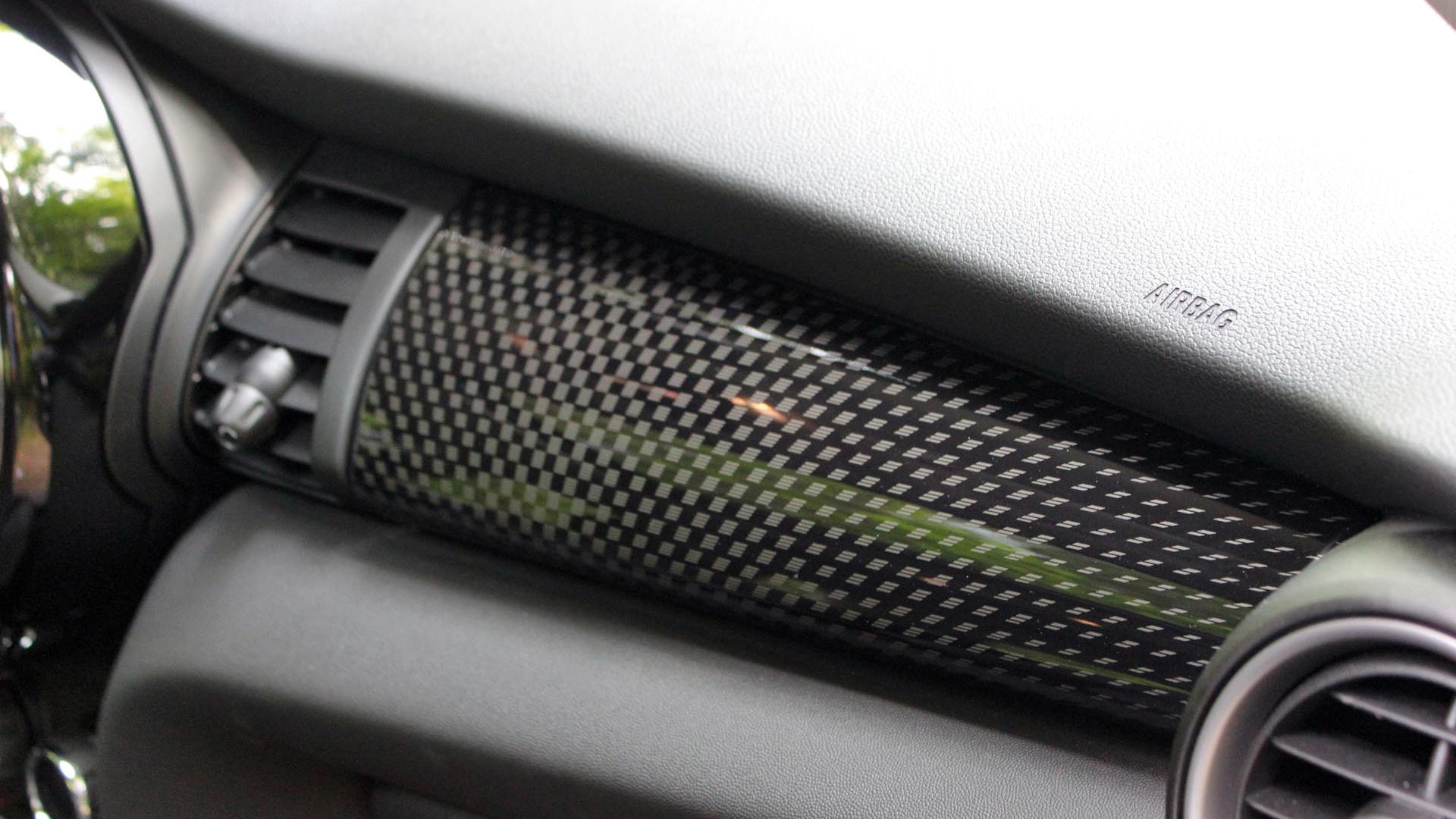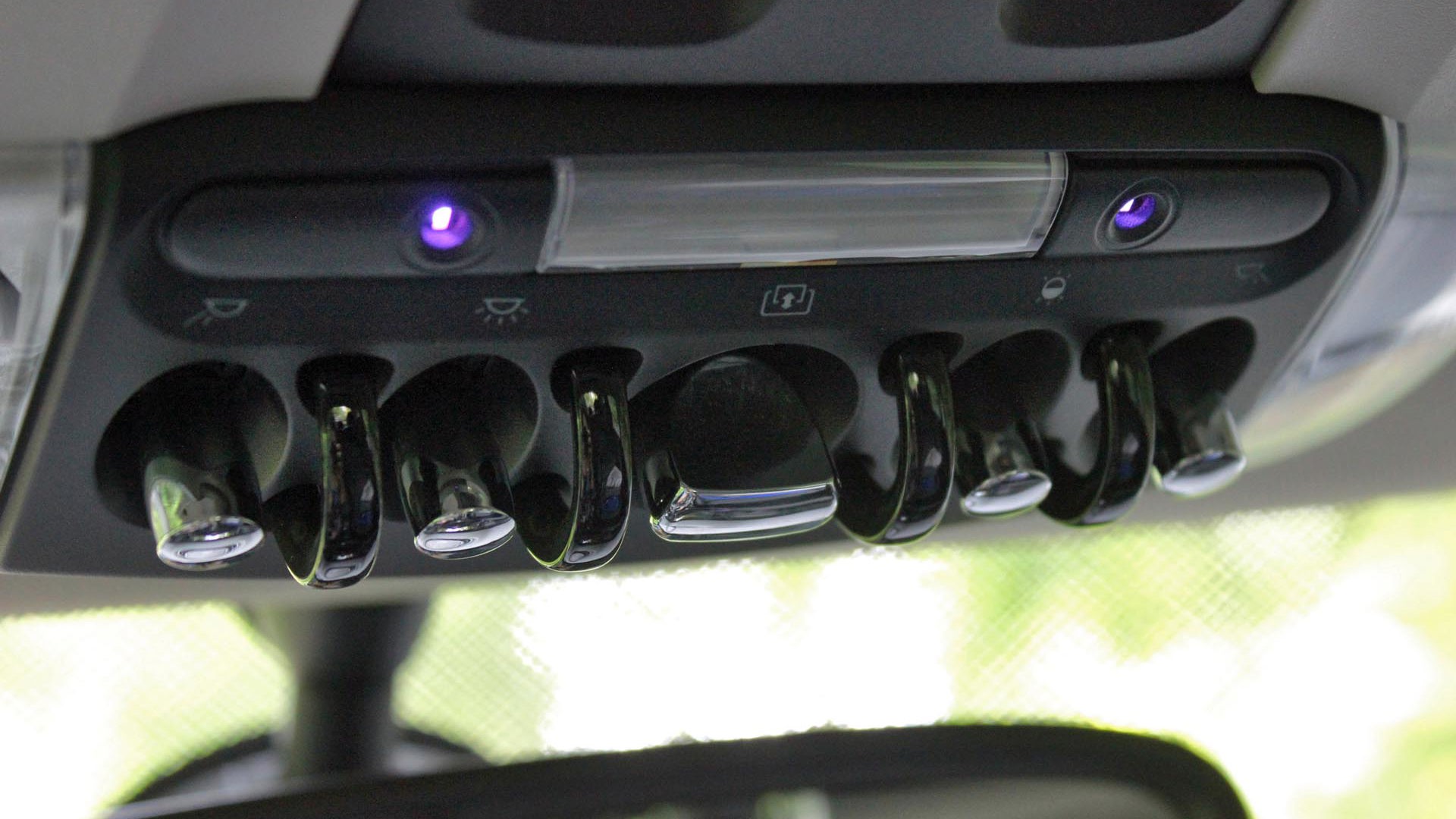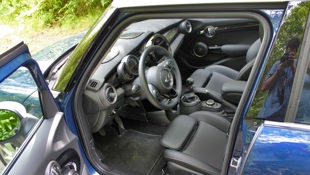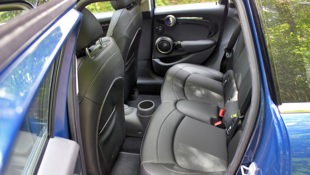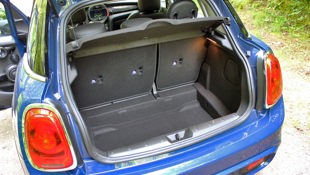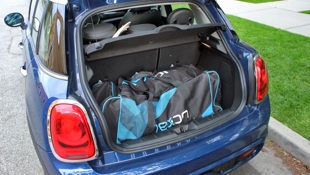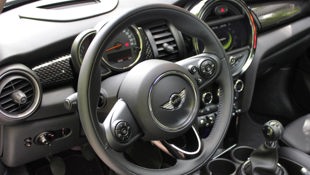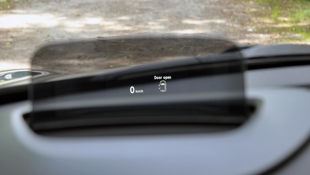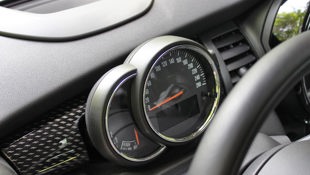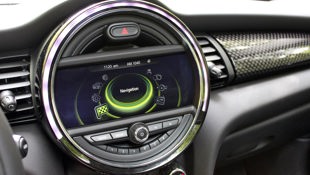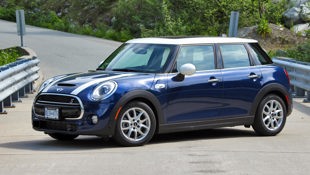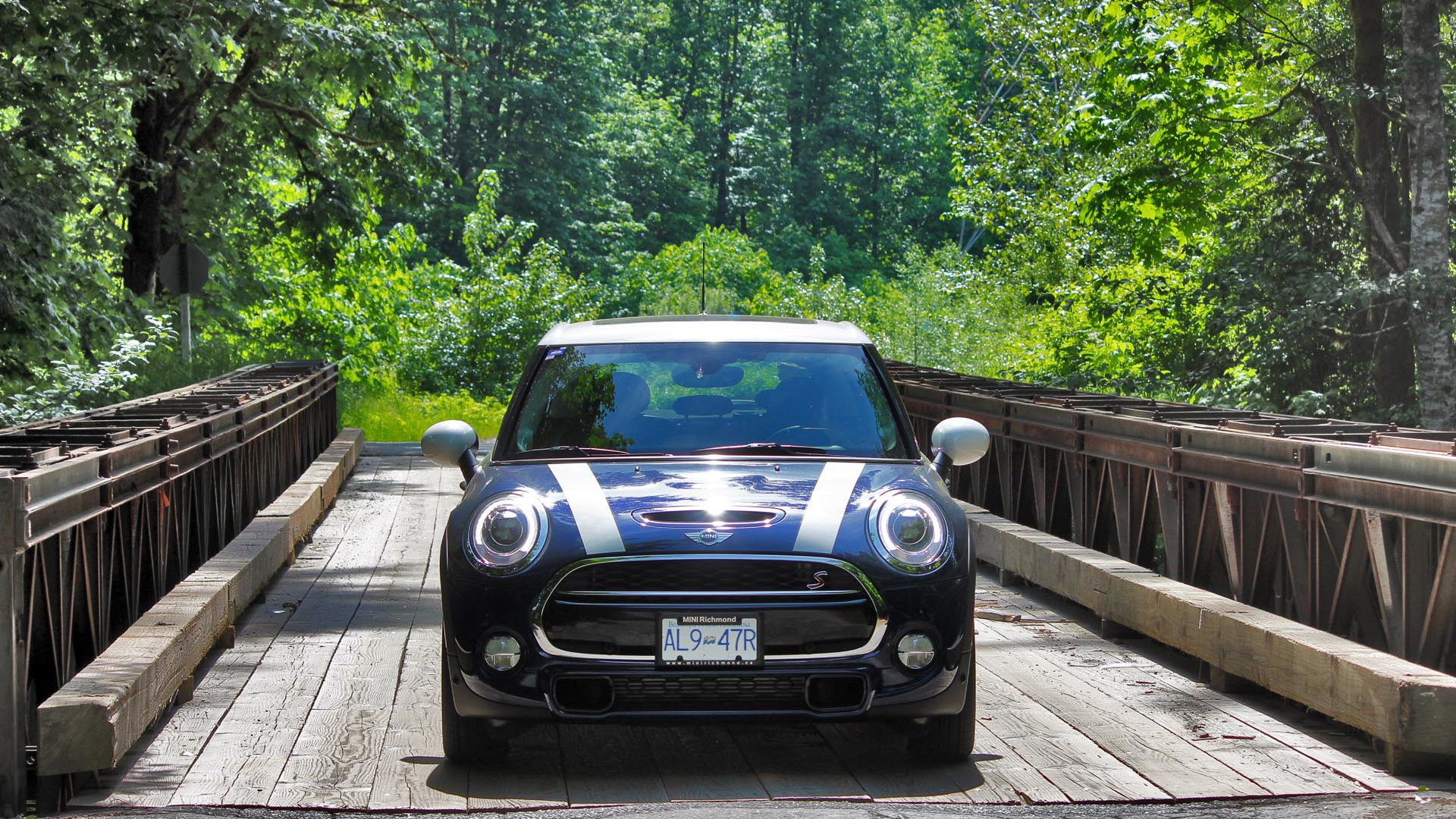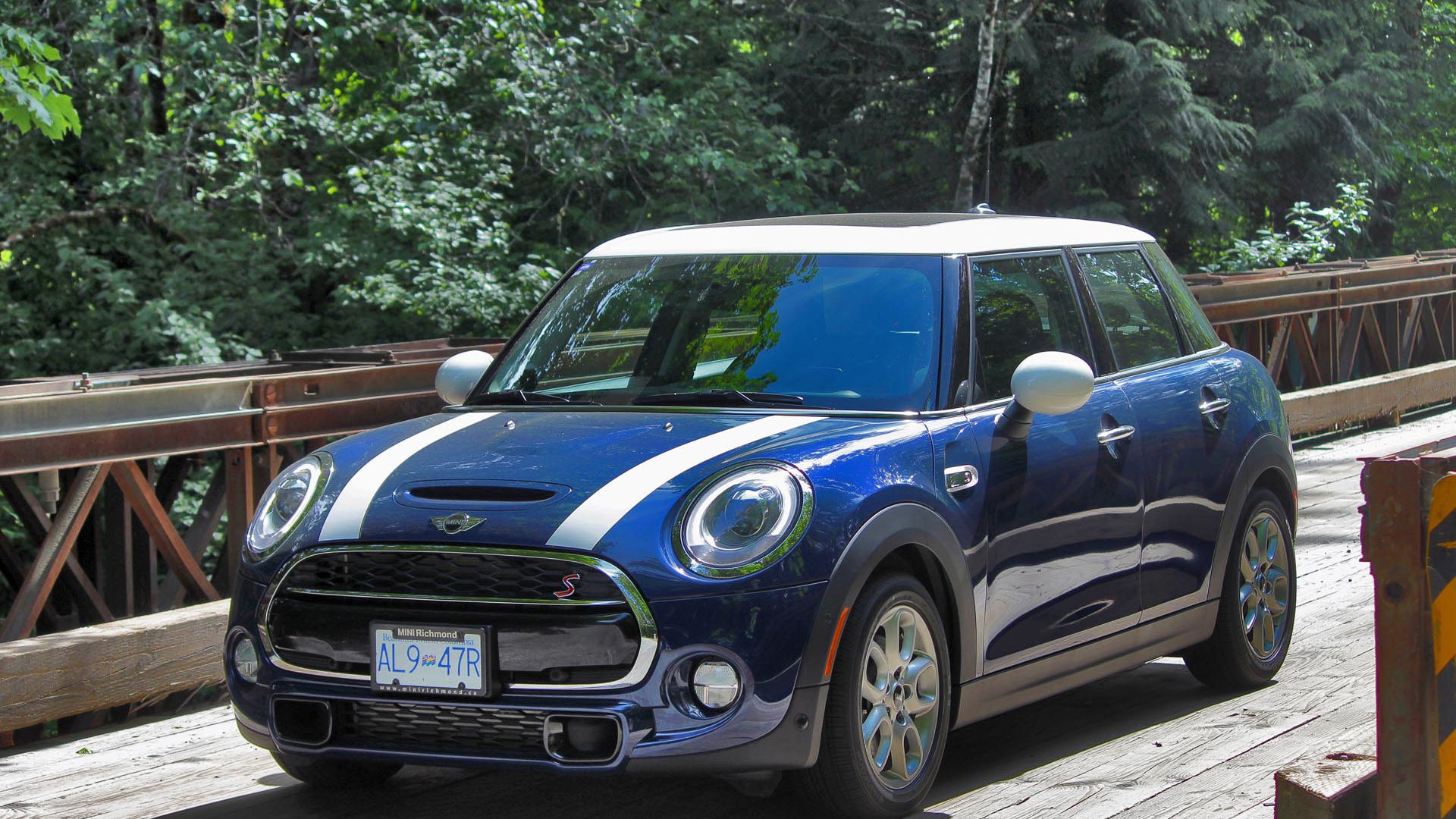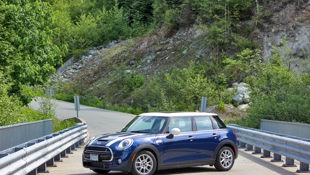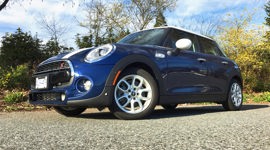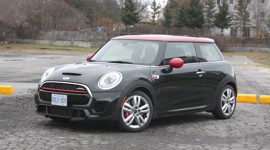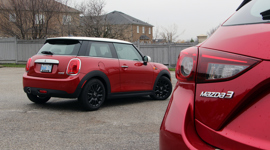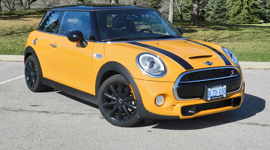 AutoTrader SCORE
AutoTrader SCORE
-
COMFORT8/10
-
PERFORMANCE7/10
-
FUEL ECONOMY7/10
-
INTERIOR8/10
-
EXTERIOR STYLING5/10
Small cars are enjoying quite the run these days, even in we-love-our-big-sedans-and-SUVs-North-American markets.
Small cars are efficient, their styling often breaks free of the jellybean mold and, above all else, they’re inexpensive. I mean, when you can provide a brand new car for less than 10 grand, as Nissan does with the Micra (that’s Micr-A, not Micr-O), well, you’re going to get some looks.
There are few cars as appropriately named for an entry in the Big Guy, Small Car series as this one.
So that’s all well and good. Trouble is, while manufacturers can control the build of a small car, it’s harder for mankind to control the build of a person. So what about the taller folk? They want efficient and affordable motoring just as much as anyone else, but can it be had? Can taller people really live with the new small urban utility vehicles, the roadsters and the hatchbacks that continue to proliferate manufacturer’s lineups?
With that question in mind, we’re launching the Big Guy, Small Car series, whereby our resident big man, Dan Heyman (all 6-foot-3 inches of him) sees what spending a significant amount of time behind the wheel of these vehicles is all about.
Well, there are few cars as appropriately named for an entry in the Big Guy, Small Car series as this one. I mean, it’s called Mini, for goodness sakes.
Thing is, that Mini moniker has come a long way since the brand got reborn in 2001, and the car you see here – the Cooper S 5-door – is, for the time being, the newest model in Mini’s lineup. Of course, the biggest spot in the lineup is inhabited by the Countryman, which made little sense when it was released but makes more sense now that pretty much every major manufacturer from Jeep to Mercedes is rushing to enter the Urban Utility Segment.
But I digress.
The 5-door is 155 millimetres longer and has a 72 mm longer wheelbase than its 3-door cousin, which translates to 15 extra mm of rear headroom, and 37 mm more rear legroom. The cargo capacity is where you see the biggest jump between the two, from 731 to 941 L, a jump of 210 L. The Countryman, meanwhile, adds a little more rear legroom and cargo space, but headroom remains the same, even though it does sit taller overall.
History lesson: Evolution of the Mini
The extra interior space in the 5-door had to come from somewhere, and while Mini’s stretched out the lower half of the car, they don’t seem to have stretched the roof to match. The profile is a little strange as a result, with the rear window awkwardly raked so as to meet the edge of the roof. The longer distance between the front and back wheels doesn’t help much in this regard, either. Meanwhile, the huge taillight lenses, which already looked strange on the 3-door, look even stranger here. Our car was specified with 16-inch wheels; they provide a softer ride, but you have to think the optional 17- or 18-inch items would add more polish to the styling package.
The Countryman and its 3-door Paceman mutation remain the most un-Mini when it comes to styling, but that’s kind of to be expected from those two. Features like all-wheel drive and a taller ride height mean they’re already way, way off the beaten path when it comes to being “Mini” in the classic sense; the 5-door, for all intents and purposes, should be more classic Mini – front-wheel drive, ground-hugging stance – which makes the strange styling a little tougher to swallow.
The Knee Test
Of course, one of the toughest things for taller folk when it comes to smaller cars is actually pretty basic: how easy is it to get in or out? Usually, it’s the shorter folk we consider when we speak of entrance and egress; how big is the step up/down? Is there an easily accessible grab handle?
For taller folk, though, the challenge comes once your head’s cleared the plane of the roof, and you’re ready to settle in to your seat. That’s when you forget to make sure your knee doesn’t have a head-on with the centre stack, or your hip with the e-brake lever.
The Mini design team seems to have taken this to heart, as you step down – as opposed to up into – the 5-door, and there’s plenty of space for wayward limbs. Even though the steering wheel is not of the flat-bottomed variety, there’s plenty of room for your thighs there, as well. The wheel manually tilts and telescopes, so if you need to slide the seat back for extra legroom, you can do the same with the steering wheel to match. This isn’t possible with the Fiat 500, and the feature is greatly missed in that car. Better still, you can adjust the length of the bottom seat cushion by tugging a bar mounted just ahead of the seat. That’s a big point in the Big Guy, Small Car scorecard.
Just as small: Big Guy, Small Car Test Drive: 2015 Fiat 500 Turbo
Rear seat passengers, meanwhile, now get 820 mm of legroom, which is more than is provided by both the 500 and Toyota Yaris, and the jump in headroom to 953 mm is a boon for taller rear seat occupants. While few buyers will do so, Mini really wanted to show that this new model could properly transport four adults.
In the real world, though, while big n’ talls may not inhabit the rears all that much, a short n’ stubby or two very well might, likely strapped into a child seat. That’s where you really see an improvement over the 3-door, as the rear doors on this car make it that much easier to install said seat. That’s a big plus for the young families that Mini is targeting with this model.
Junior would be happy, meanwhile, with the panoramic sunroof that came with our car and joins heated front seats and front and rear fog lights as part of the $1,200 Essentials Package. It brightens the rear seating area, and makes for an airier interior as a whole.
Which is nice, because the stubby windshield means that it can feel a little like a pillbox on dimmer days. In the practical sense, I also found myself having to duck on occasion in order to see the traffic signal above. The trials and tribulations of taller drivers.
The Hockey Bag Test
While it’s great that you get all that room behind the rear seats, is it usable?
Often times, a big loading floor is compromised by not being flat, or having oddly shaped sides and so forth. I find a good test is to see if you can fit an adult-sized hockey bag into the trunk without having to drop the rear seats. You can drop the seats in the Cooper 5-door, but unfortunately, you’re then left with a kind of dual-tiered loading area thanks to the deep well behind the rear seats that doesn’t line up with the folded seatbacks. You can spec a $250 Storage Compartment Package that levels the floor out a little, but you lose the depth of the storage area you get when the seats are up.
Said depth meant we had no problem fitting the hockey bag with the rear seats up.
The Rest
While overall the 5-door’s interior is functional and habitable, there is a lot going on when it comes to lighting, styling and implementation. Yes, the window switches are no longer mounted at the base of the centre-stack – that spot is now reserved for toggles for starter, traction control, parking aid and HUD controls – but there’s still plenty of uniqueness to go around.
Take the infotainment screen’s surround, for example (the speedo is no longer there; it now sits behind the steering wheel, like it does on pretty much every other car on the road). Yes, we’ve seen switchable lighting in cars before, but have you ever seen it used to reflect what your fan settings are? I haven’t. Pretty weird and wacky stuff, and a little redundant in that the fan dial itself has a similar display, which is the one most people are going to end up using, most of the time.
Or the way that the HUD is reflected off its own panel that magically emerges from the gauge hood on startup, as opposed to being reflected off the windscreen, as is normally the case. Looks even more like something you’d see in a Eurofighter Typhoon, which I guess is kind of cool.
Or the Mini Connected infotainment system that lets you spell out your navi address right there on the console-mounted control wheel with an outstretched digit. Yes, I know we’ve seen these in BMWs, too, but it sure seems like it should have got its start in the funky Mini, right? I’ll bet that many years down the road, folks will easily think that it did.
There’s no mistaking the 5-door’s interior for anything else than “designed by Mini”, that’s for sure.
Let’s hit the road
Power comes from a peppy 2.0L four-cylinder TwinPower turbo unit (as opposed the standard Mini’s turbo three-banger), to the tune of 189 horsepower and 207 lb-ft of torque in S form. Peak torque is reached at 1,250 rpm, but luckily torque steer was never a huge issue, allowing you to focus more on nailing perfect shifts (more on this in a minute) and clipping apexes.
Which is important, because, extended wheelbase or no, the 5-door remains true to the Mini ethos in its tossability through the twisties and the way it responds to even the slightest of steering inputs, especially when in Sport mode that has the car suggesting you “Motor Hard!” via text message on the infotainment screen. That switches to “MINImalize” in Green mode, and “Let’s Motor” in Normal mode.
And “Motor Hard!” you shall, as the TwinPower engine geometry does well to reduce turbo lag and have you clipping highway speeds from stop in under seven seconds. It also sounds fantastically burbly in almost an Audi or VW five-cylinder kind of way, even punctuating your progress with some nice pop-pop-popping through the twin-outlet exhaust during quick shifts or upon throttle release.
Green mode, meanwhile, is pretty defined; the wooliness of the throttle response means that it’s a mode that should really only be left for ‘round town duties, especially if you want to hit the claimed 10 L/100 km of fuel usage in the city. It does work, however, as our observed fuel economy was almost bang-on in sync with the claimed figures.
In the handling department, it’s worth noting that Mini has softened things up pretty much across the board for this generation of the car. The damper settings are a little more forgiving, the spring rates a little more relaxed so you don’t have that jaw-rattling feeling over train tracks and the like. The way the 5-door rides during daily driving is quite un-Mini, which isn’t a bad thing.
We talked before about the wheel choice, and while it contributes to said ride suppleness, the big sidewalls tend to get noticeably squishy as you start to push it, meaning we encountered a little more understeer than expected. The dynamic dampers that come as part of the $1,100 Loaded Package do help, but I’m willing to bet that the 17s, which I’ve sampled on the 3-door, would make a big difference.
Not sure if the shift action is such an easy fix, however. I mean, in a nice, zippy little car like this, you’d think precise throws and well-defined gates would be a lock, right? Well, not entirely. The action is rubbery, and the gates take some getting used to; the shift down from third to second is one of the toughest, with the lever falling into a dead zone just below the first gear slot. Once you’re prepared for that, progress becomes smoother and you can get back to enjoying what is otherwise a very involving ride.
So if you’re of taller ilk…
Put simply, you should have no problem with the Cooper S 5-door. I never felt cramped in the front seats, never wished this handle had been moved there, or this lever there. Aside from the short windscreen, this is a properly ergonomic cabin that should fit folks of many different sizes, as long as we’re talking about the front seats.
Yes, the rear seats are tighter and even though the figures aren’t that far off, I’d say that if you really wanted rear seats that are adult-appropriate, you’d still have to consider the Countryman. Of course, I would venture to guess that maybe one percent of Mini buyers – of any model – actually buy them to transport 3-4 adults on the regular. In that light, the fact that you have a set of rear doors make this particular Mini that much more practical, and it could be just the ticket for someone who wants to stick closer to the Mini ethos, without sacrificing that modicum of practicality.
NRCan Fuel Consumption: 10/8.5 City/Highway
Observed Fuel Consumption: 9.2 L/100 km
| Warranty: 4 years/80,000 km; 4 years/80,000 km powertrain; 12 years/unlimited distance corrosion perforation; 4 years/unlimited distance roadside assistance Competitors: |
| Model Tested | 2015 Mini Cooper S 5-door |
|---|---|
| Base Price | $26,740 |
| A/C Tax | $100 |
| Destination Fee | $1,955 |
| Price as Tested | $36,385 |
|
Optional Equipment
$7,590 – Loaded Package $1,110, Essentials Package $1,200, Wired Package $1,400, Visibility Package $1,200, LED Lights Package $1,000, Bonnet Stripes $350, Deep Blue Metallic Paint $590, Harman Kardon Sound System $750
|
|
